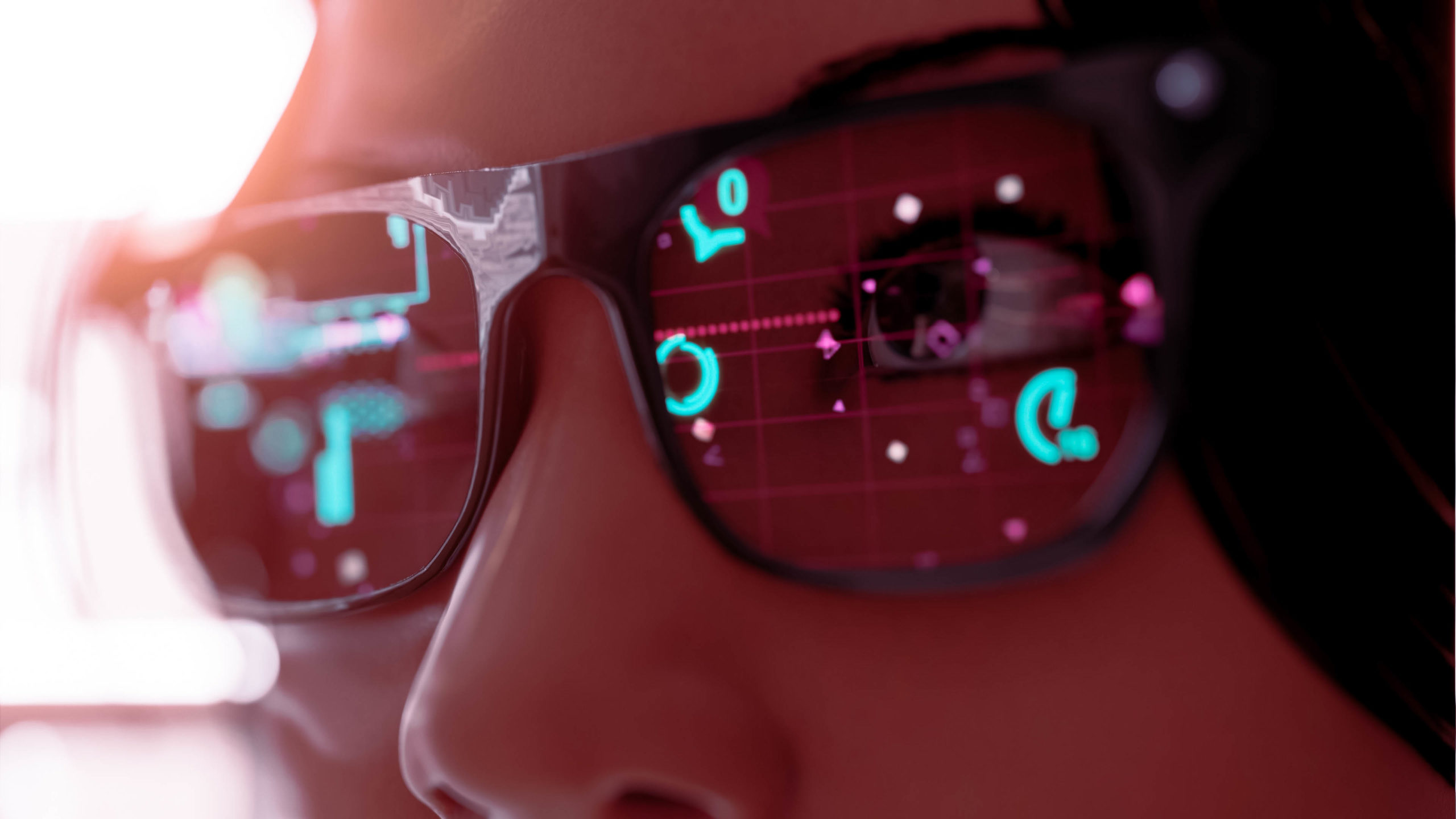People are into Virtual Reality (VR), Mixed Reality (MR) and Web AR because each option provides a unique sensory experience—and, in the Extended Reality (XR) neighborhood, you have quite a few to choose from.
What’s Virtual Reality (VR)?
Virtual Reality is a completely immersive experience that shuts out the physical world.
When you’re using a VR device, like a headset, it feels like you’ve been transported into a completely different place than you physically are.
Examples of VR include:
- Virtually placing furniture in your space through a shopping app or website
- Using Google 3D to drop a cheetah “in” your living room
What’s Mixed Reality (MR)?
In Mixed Reality, elements of both Augmented Reality and Virtual Reality are combined.
While wearing a Mixed Reality headset, you’re able to see the physical space you’re in, but also interact with and manipulate projected holograms in the space.
Examples of Mixed Reality include:
- Using special cardboard pieces to set up a real-life race track for an actual remote-controlled car, then racing that same track in a video game as a digital character/car with digital surroundings
- Wearing a Mixed Reality viewer / headset to interact with a digital video game environment
What’s Web AR?
Web AR makes it possible to create an Augmented Reality (AR) experience on a website, without requiring users to download a special app or software.
Examples of Web AR include:
- Taking a virtual home tour on a real estate website
- Using the “see it in my space” function on furniture websites
The Extended Reality (XR) world is always growing.
The sooner you get familiar with its key players (and what they can bring to your customers), the easier it’ll be for you to keep up as technology continually improves.

